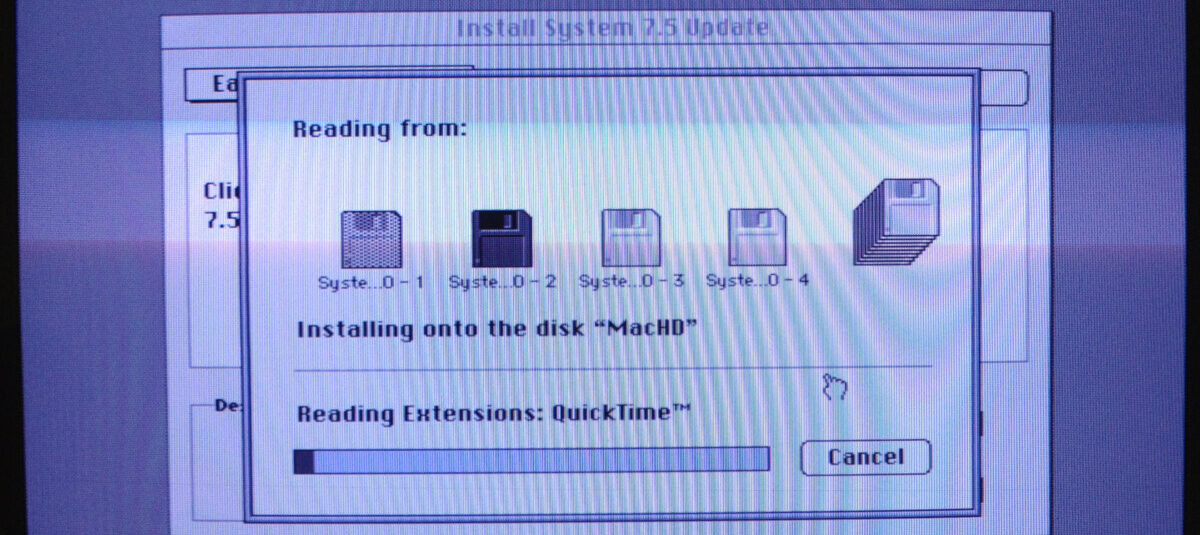For this week’s deliverable, you’re going to have a chance to try your hand at a proposal. As we’ve learned, a proposal, such as one written in response to an RFP, is a complex document with a specialized layout and specific content requirements. For our purposes in this introductory class, a proposal on that scale exceeds what we can fit into our schedule this semester. Instead, you’re going to have an opportunity to apply the rhetorical aspects of a proposal in something of shorter length and of personal importance to you.
For this deliverable, your goal is to write a one- to two-page proposal in a memo format to accomplish something in your community (this can be your home community, a larger community that you belong to, your school community, etc.). You should rely on what you know, but you may cite information from library (this include your free access to The New York Times), governmental, and commercial (meaning sites of commerce/buying and selling things when you need figures) websites. Any citations must be parenthetically cited in-text with a bibliographic References list at the end of the proposal. If you have difficulty with your research, it’s okay for the purposes of this assignment to change/edit your argument so that you don’t rely on information that you cannot easily find or cite. What’s most important to this assignment is to think about how to persuade your audience to do or solve what you are identify as the problem.
The basic parts of your proposal should include what we learned about Dorothy Wordsworth’s proposal from Meloncon’s article, “an introduction that describes the problem and/or provides a rationale for change; a body that proposes a solution or contains a request for action; and a conclusion” (2010, p.36).
A block-style model for your memo is included below. It should be no more than two-pages, single spaced, with 1″ margins on all sides. Remember to remove extra space between paragraphs using Word’s settings–control everything about your documents. Compose it in Microsoft Word and save it as a Word docx file (or use a word processor of choice that can export in docx format). Name your file using the following convention (SemesterYear-CourseNumber-Deliverable-YourFirstandLastName.docx or for example, Fall2022-ENG2700-Proposal-GeorgePBurdell.docx). Then, upload your file here and bring three print outs to our next class for peer review (the print outs are not optional–go to the library or a lab before class if needed–plan ahead and be proactive!).
Following peer review, you will have an opportunity to revise your email deliverable for your final portfolio.
TO: Your Intended Audience
FROM: Your Name
DATE: Due Date
SUBJECT: Informative and Brief Subject of Your Memo
"an introduction that describes the problem and/or provides a rationale for change" (Meloncon, 2010, p. 36). Identify what the problem is or what is in need of change. Provide helpful details about the problem so that it is clear in the mind of your readers. Here and below, remember to show more than tell.
"a body that proposes a solution or contains a request for action" (Meloncon, 2010, p. 36). This can be one or multiple paragraphs. Provide your solution to the problem or the request for an action from your audience. Use ethos, pathos, and logos.
"a conclusion" (Meloncon, 2010, p. 36). While you should restate in some way your solution and why it is needed, or your call for action and why it is needed, but your conclusion should answer: so what? Why is it important to the reader? What do they get out of it? What good is this to your community? Some of these points can be raised in the body, but circle back to them here if mentioned earlier.
References [give this line]
Write an APA Bibliographic Reference for any source that you cite in-text above. Use the Purdue OWL APA section to help you with in-text citations and the references list. An example from this week's readings:
Meloncon, L. (2010). Answering the call: toward a history of proposals. Journal of Technical Writing and Communication, 40(1), 29-50. https://doi.org/10.2190/TW.40.1.c


